New Orleans’ diverse cultural mosaic wouldn’t be complete without the profound influence of its people of color, particularly African Americans. From the hotel of historic neighborhoods to their groundbreaking contributions across various domains, their impact is undeniable. Uncovering their rich history and ongoing legacy provides a captivating window into the heart and soul of this vibrant city. As we delve deeper, we’ll uncover the resilience, creativity, and unwavering spirit that have shaped New Orleans’ identity for generations.
Key Points
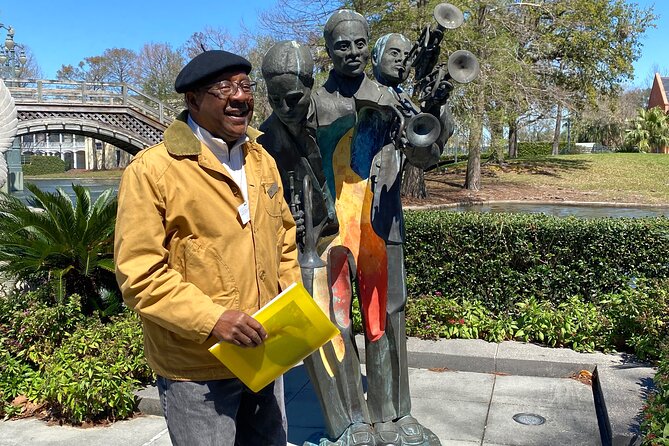
- Treme, founded by free people of color, is the epicenter of African American culture in New Orleans, hosting iconic jazz funerals and vibrant second-line parades.
- Louis Armstrong Park serves as a tribute to the legendary musician, featuring the Pinkett Statue and the New Orleans Jazz Museum showcasing jazz history.
- Treme has been a hub for African American activism and protests, with key events including the Dryades Street protests and public facility desegregation.
- Treme’s culinary scene is a source of pride, featuring renowned establishments like Willie Mae’s Scotch House, Lil’ Dizzy’s Cafe, and Dooky Chase’s Restaurant.
- Voodoo has deep roots in Treme’s cultural heritage, with spiritual leaders guiding communities and a rich architectural heritage reflecting cultural diversity and history.
Treme Neighborhood: The Epicenter of African American Culture
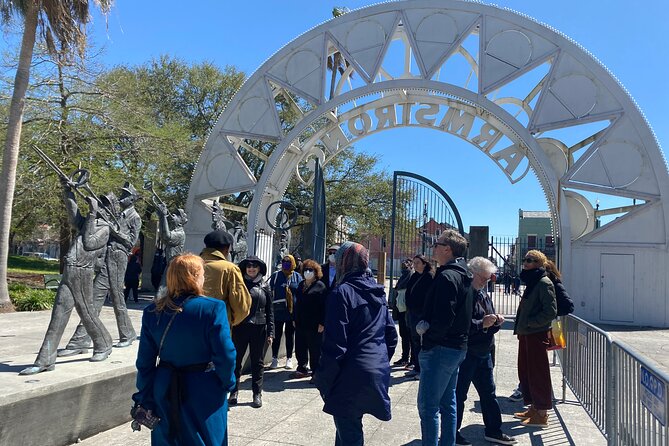
Treme Neighborhood, located in the heart of New Orleans, stands as the epicenter of African American culture.
This historic district, founded by free people of color in the early 19th century, has nurtured a rich tradition of music, art, and community activism.
From the iconic jazz funerals to the vibrant second-line parades, Treme has been the beating heart of the city’s Black heritage.
The neighborhood’s landmarks, like the iconic St. Augustine Church, bear witness to the resilience and pride of its residents, who’ve fought to preserve their cultural identity in the face of gentrification and urban renewal.
Fascinated by New Orleans's past? More historical tours we've covered
Louis Armstrong Park: Celebrating the Legacy of a Musical Icon
As the tour makes its way to the starting point, Louis Armstrong Park serves as a fitting tribute to the legendary musician who left an indelible mark on the city’s cultural landscape.
This green oasis is home to several attractions that celebrate Armstrong’s life and legacy:
- The Pinkett Statue, a bronze sculpture depicting the iconic trumpet player in mid-performance.
- The New Orleans Jazz Museum, which houses a wealth of information and artifacts chronicling the evolution of jazz in the city.
- The Kanaval Stage, a performance venue that hosts live music and cultural events throughout the year.
The Struggle for Civil Rights in New Orleans
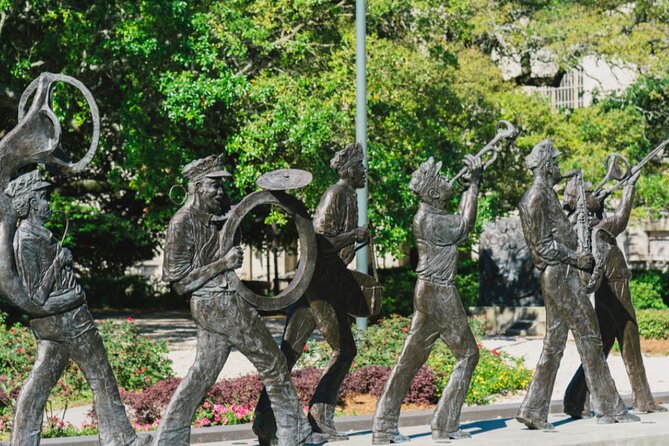
Though the city of New Orleans has long been renowned for its vibrant culture and rich musical heritage, it has also grappled with the complex and often contentious history of civil rights.
The Treme neighborhood, in particular, has been a hub of African American activism, witnessing pivotal moments such as the Dryades Street protests and the desegregation of public facilities.
Visitors on this tour can explore the legacy of civil rights leaders like A.P. Tureaud, who fought tirelessly to challenge racial segregation, and gain insights into the ongoing efforts to promote social justice and equity in the community.
Exploring the Vibrant Culinary Scene of the African American Community
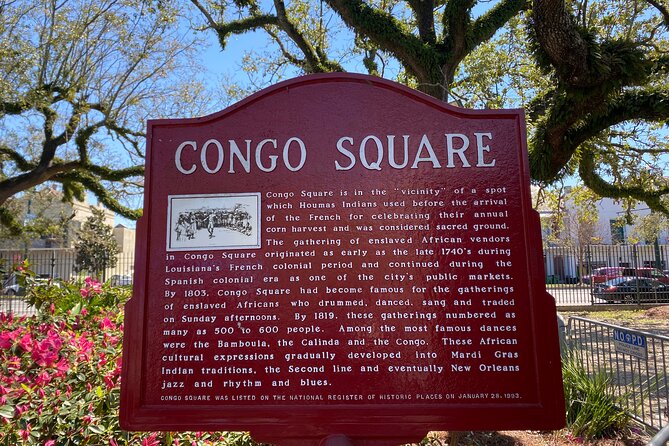
Alongside the neighborhood’s deep-rooted history of civil rights activism, Treme’s vibrant culinary scene has long been a source of pride and celebration for the African American community.
From iconic restaurants like Willie Mae’s Scotch House, known for its award-winning fried chicken, to the soulful flavors of Lil’ Dizzy’s Cafe, the area’s diverse dining offerings showcase the rich cultural heritage of its residents.
Visitors can explore:
- The lively jazz brunch at Lil’ Dizzy’s, featuring live music and traditional Creole dishes.
- The beloved beignets and cafe au lait at Cafe Du Monde, a New Orleans institution.
- The historical significance of Dooky Chase’s Restaurant, a gathering place for civil rights leaders during the movement.
The Enduring Influence of Voodoo and Spirituality
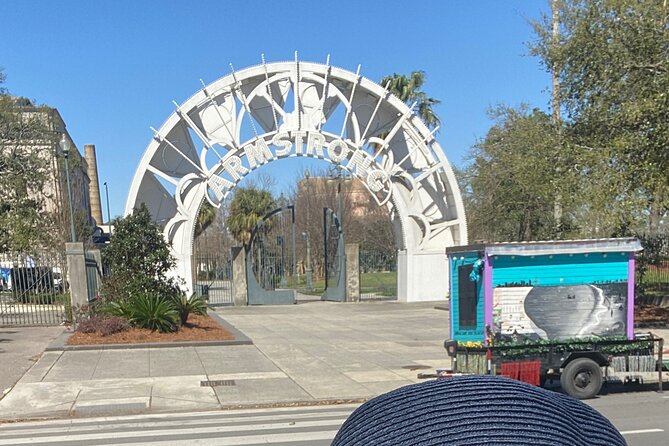
While the vibrant culinary scene has long been a source of community pride, the enduring influence of voodoo and spirituality is equally integral to Treme’s rich cultural heritage.
Voodoo, a syncretic religion with West African roots, has been practiced in the neighborhood for centuries. Voodoo queens and spiritual leaders have played vital roles, guiding communities through hardship and celebration.
Today, voodoo altars, rituals, and shops can be found throughout Treme, offering visitors a glimpse into this profound and often misunderstood tradition.
The neighborhood’s spiritual identity remains a defining characteristic, shaping its artistic expression and community life.
Preserving the Rich Architectural Heritage of the African American Community
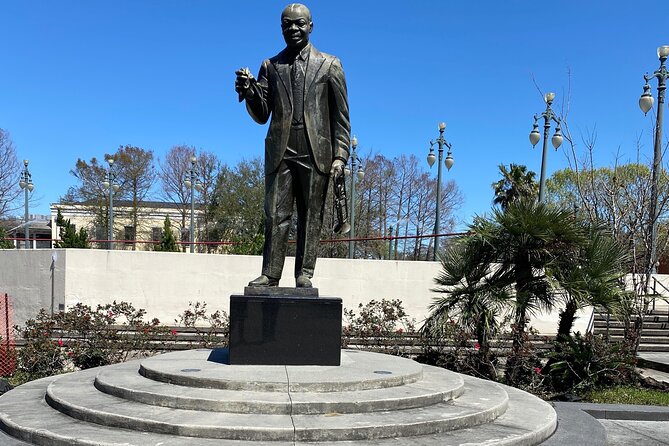
The rich architectural heritage of Treme’s African American community is a testament to the resilience and ingenuity of its residents.
This historic neighborhood boasts a diverse array of structures, each with its own captivating story. Visitors can explore:
-
The ornate shotgun houses, with their distinctive narrow facades and intricate ironwork details, which once housed vibrant families.
-
The stately Creole cottages, blending Spanish, French, and African influences, showcasing the cultural diversity of the community.
-
The majestic churches, such as St. Augustine Catholic Church, that have served as cornerstones of spiritual and social life for generations.
Preserving this architectural legacy is crucial to honoring the past and inspiring the future.
The Resilience and Triumph of the New Orleans People of Color
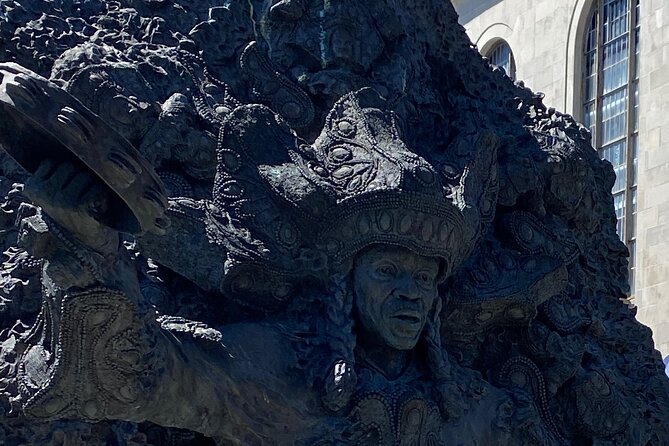
Despite the challenges of slavery, segregation, and systemic racism, the people of color in New Orleans have consistently demonstrated remarkable resilience and triumph.
From the vibrant cultural traditions of the Treme neighborhood to the trailblazing achievements of civil rights activists, the city’s African American community has refused to be defined by adversity.
Whether through the rich tapestry of music, art, and cuisine or the steadfast pursuit of justice and equality, the people of color in New Orleans have carved out a legacy of strength, pride, and enduring spirit that continues to inspire and transform the city.
Frequently Asked Questions
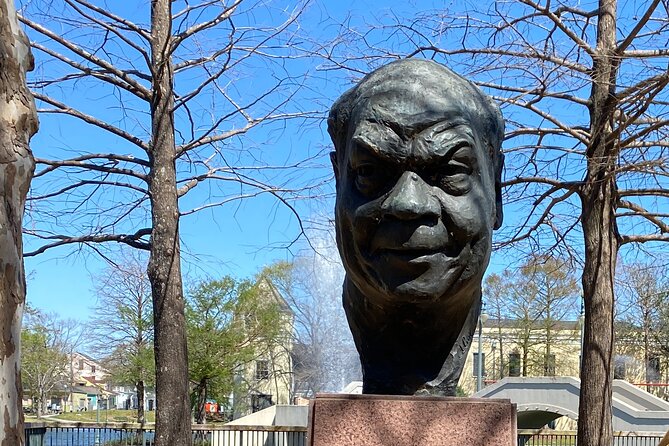
How Accessible Is the Tour for Individuals With Disabilities?
The tour is wheelchair accessible and allows service animals. Surfaces are wheelchair-friendly, but it’s not recommended for travelers with back problems or serious medical conditions. Most travelers can participate, making it generally accessible.
What Is the Refund Policy for the Tour?
The tour offers free cancellation up to 24 hours before the experience starts, allowing for a hassle-free refund if traveler plans change. There’s also a ‘Reserve Now and Pay Later’ option available for added flexibility.
Can I Bring My Own Food and Drinks on the Tour?
Guests can’t bring their own food and drinks on the tour, as the tour includes alcoholic beverages. However, they’re welcome to enjoy any food or non-alcoholic drinks at the end point, Lil Dizzys Cafe.
Are Children Allowed on the Tour?
Yes, minors are allowed on the tour, but they must be accompanied by a parent or guardian who is responsible for them. Unattended minors are not permitted on the tour.
What Should I Wear for the Tour?
Comfortable, weather-appropriate clothing and sturdy walking shoes are recommended for the 2-hour walking tour. Light layers may be helpful as the temperature can vary. Participants should dress for an active day exploring the city on foot.
The Sum Up
The people of color, particularly African Americans, have left an indelible mark on the cultural fabric of New Orleans. From establishing vibrant neighborhoods like Treme to pioneering groundbreaking contributions in music, cuisine, and civil rights, their resilience and influence continue to shape the city’s identity. Despite facing systemic challenges, the rich heritage of New Orleans’ African American community remains a testament to their enduring spirit and unwavering commitment to preserving their cultural legacy.
More Historical Tours in New Orleans
- 6 Cemeteries of New Orleans: Famous Graves & Fascinating History
- City Tour in French Historic Districts
- New Orleans History of Drinking Cocktail Bike Tour Review
- French Quarter Dark History, Haunts, and Laughs
- New Orleans Drunken Voodoo, Mystery, Paranormal, Supernatural and History Tour
- Historical Tour and Musical Show in New Orleans Music Venue
More Tour Reviews in New Orleans
- New Orleans Departure Chauffeur Driven Transport by Executive Sprinter
- Limousine Transport Around New Orleans as Far as Baton Rouge
- Unique Scavenger Hunt Experience in New Orleans by Zombie Scavengers
- New Orleans Restaurant Week
- New Orleans Airport(MSY) to Port of New Orleans- Private Transfer
- NOLA Cruise Port to New Orleans Hotels – Round-Trip Private Transfer
Not for you? Here's more things to do in New Orleans we have recnetly reviewed
- 2 Best Canoe And Kayak Experiences In New Orleans
- 2 Best Craft Beer Tours And Tastings In New Orleans
- 5 Best Dining Experiences In New Orleans
- 5 Best Dinner Tours In New Orleans
- 7 Best Canoe And Kayak Experiences In New Orleans
- 25 Best Cruises And Boat Tours In New Orleans
- 6 Best Photography Experiences In New Orleans
- 25 Best Food Tours In New Orleans
- 8 Best Lunch Experiences In New Orleans
- Yulman Stadium: Transportation to New Orleans
- Jingle Bells New Orleans History and Drinks Walking Tour
- New Orleans French Quarter Walking Tour
